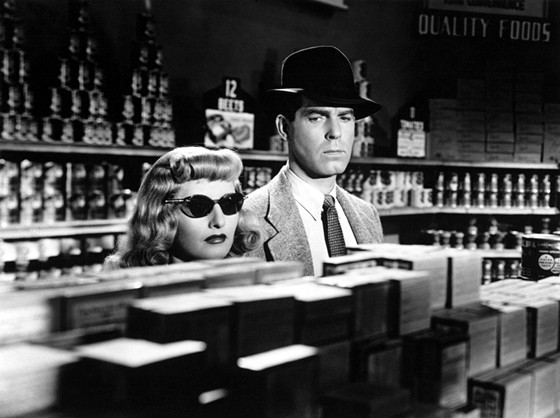
“Since Double Indemnity, the two most important words in motion pictures are ‘Billy’ and ‘Wilder.’”
– Alfred Hitchcock
Double, double, toil, and trouble
Depending on who you ask, Double Indemnity –– one of the earliest A-budget studio noirs –– and the hard-boiled desperate dame and greedy man at its black and broken center, may well measure and amount to the quintessential film noir.
Adapted by acclaimed director Billy Wilder, a Hollywood Austro-German émigré, and legendary British-American detective novelist Raymond Chandler from the pulpy novella by James M. Cain, Double Indemnity reworks the noir cycle of murder for love (and profit), and the frightening possibilities therein.
The picture tells the sordid tale of insurance agent Walter Neff (Fred MacMurray), who is persuaded by Phyllis Dietrichson (Barbara Stanwyck) to kill her husband for his life insurance. What could possibly go wrong? With betrayal, conspiracy, love, murder, and sex, all getting in the way of what is ostensibly the perfect crime, plenty can and will go wrong, and the unravel pays rich rewards to the alarmed audience.
“If I had one movie to explain to people what noir is, it’s Double Indemnity.”
– Eddie Muller, film historian
How could I have known that murder can sometimes smell like honeysuckle?
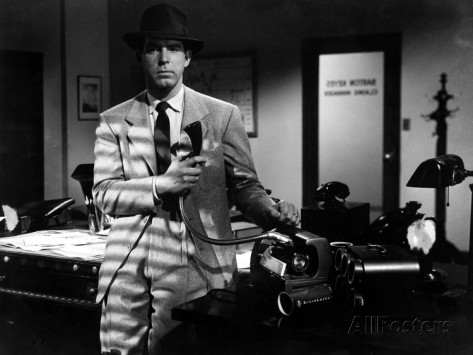
Double Indemnity is narrated by a fatally wounded Walter Neff, as a dictated confession to his boss, Barton Keyes (Edward G. Robinson, brilliant) a father figure to and conscience for Neff.
Stanwyck’s Phyllis Dietrichson, the double-crossing dame who’s drawn Neff into this dire predicament, seducing him into a devious plot to dispose of her husband and collect on the double indemnity clause in his life insurance policy gives one of those iconic performances that made the Golden Age of Hollywood shimmer and shine.
What is more, Double Indemnity was viewed as part of a Hollywood trend “toward the wholesale production of lusty, hard-boiled, gut-and-gods crime stories, all fashioned on a theme with a combination of plausibly motivated murder and studded with high-powered Freudian implication,” said Lloyd Shearer of the New York Times.
“That’s a honey of an anklet you’re wearing, Mrs. Dietrichson,” remarks a lusty Neff early on in the narrative. Stanwyck’s anklet chain is unforgettably fetishized, it easily articulates and details the amoral no-hopers and ruthless schemers lost in the fog of these two-fisted crime tales.
“I make no conscious effort to be tough, or hard-boiled, or grim, or any of the things I am usually called. I merely try to write as the character would write, and I never forget that the average man, from the fields, the streets, the bars, the offices, and even the gutters of this country, has acquired a vividness of speech that goes beyond anything I could invent.”
– James M. Cain, Preface to Double Indemnity (1943)
I wonder if you wonder
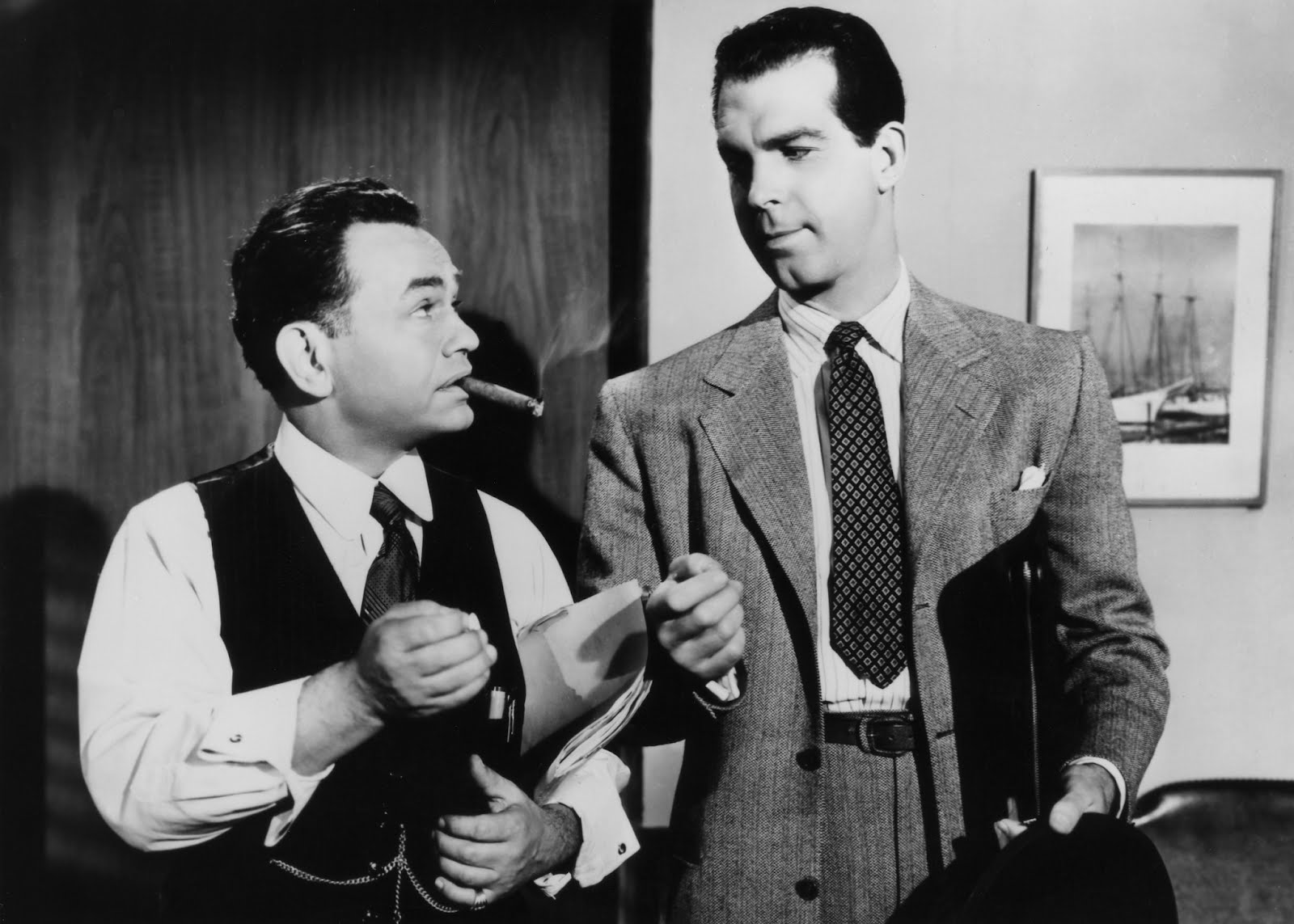
Famously, or rather, infamously, Chandler and Wilder didn’t get along during this collaboration, though, some years on they agreed there was a degree of respect between them.
Chandler’s actual contributions to the final script of Double Indemnity has been the source of much debate over the years, certainly much of the seamy deception and dramatics were present in Cain’s book, and the sexiness and bleak cynicism wasn’t exclusive to either writer, but arguably much of the dazzling dialogue and doublespeak is pure, unadulterated Chandler.
A point of interest for Chandler fans, Double Indemnity contains his one and only film appearance, an uncredited cameo — sitting outside Keyes’ office. This cameo was a well-kept secret, film scholars didn’t discover it until 2009, 66 years after it’s release.
“By the time of shooting we generally had a pretty good idea of the mood we wanted. There was a lot of night work in ‘This Gun For Hire’, and we just kept that style throughout. You know, I saw Double Indemnity the other night; and it’s almost too perfect a picture.”
– John F. Seitz, cinematographer for Double Indemnity
Murder is never perfect
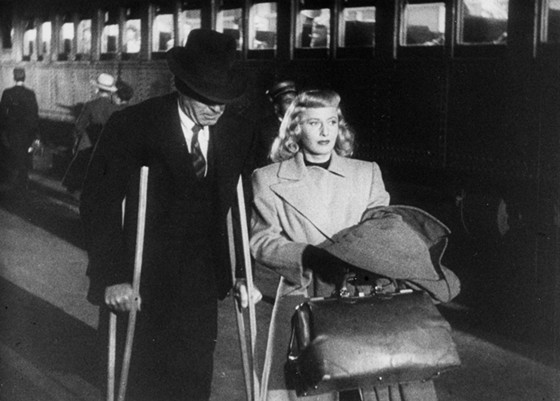
Cinematographer John F. Seitz also shot Wilder’s Lost Weekend and Sunset Boulevard, and the two compliment each other terribly well.
The unusual title sequence to Double Indemnity, showing the agonized silhouette of a man hobbling on crutches towards the camera while Miklós Rózsa’s understated minor chords portend some creeping disaster helps frame all that is to follow.
The shots that follow detail a speeding car that stops with a screech in front of a large office block. The driver is Neff, lurching towards his office, his dictaphone, his coming clean in the face of obliteration.
Here the subtle sense of malaise and despair –– elements that made a huge mark on the French critics back in 1946 (this was a few years before the founding of the famed Cahiers du Cinéma) –– writhes uninterrupted as much by its hardbitten and unsentimental performances as at the hand of its seamy, atmospheric, and audacious visual style.
“I don’t make only one kind of movie, and I am not aware of patterns. We’re not aware that ‘This picture will be in this genre.’ You’re trying to make as good and entertaining a picture as you possibly can. If you have any kind of style, the discerning ones will detect it.”
– Billy Wilder
That’s all it takes, one drop of fear, to curdle love into hate
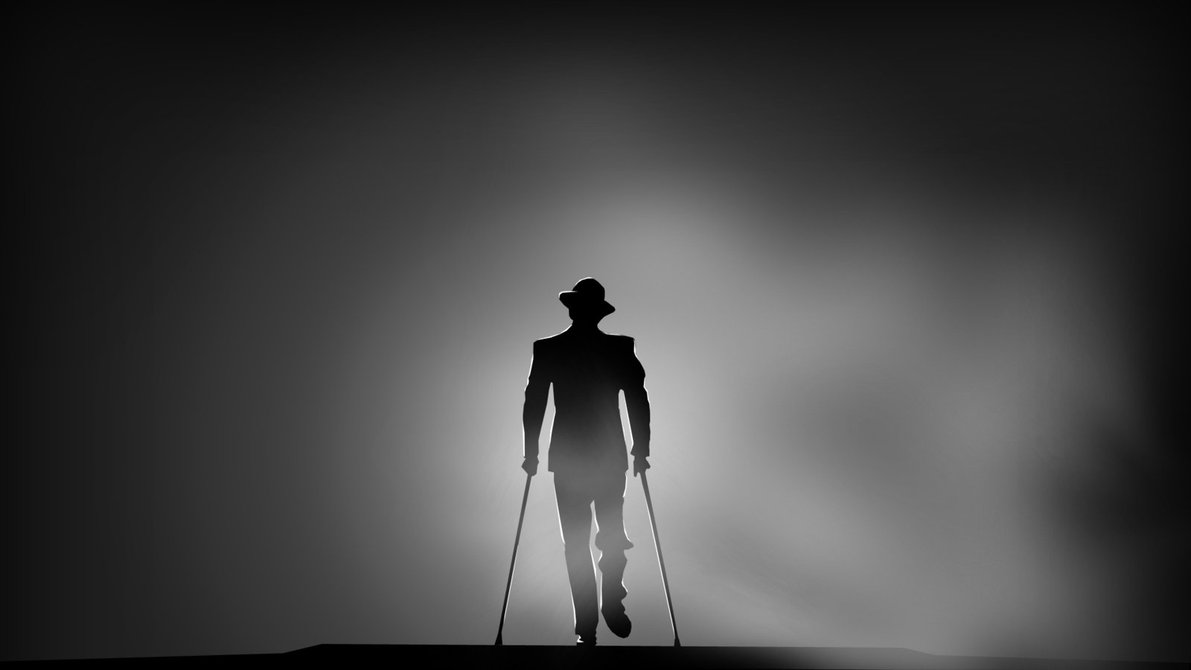
A black widow blonde bombshell, Phyllis Dietrichson is a cynical sexy beast and Stanwyck, brilliant in the iconic role, had her reservations about portraying so stark a character.
Initially Stanwyck was very reluctant to embrace the role and Wilder had to woo her into taking what most in Tinseltown had prematurely deemed an unsavory endeavor doomed to be infamous. The out-in-the-open eroticism Wilder wanted for the film was something so rarely seen in earlier Hollywood thrillers such as this, afterall.
For his part, MacMurray also had cold feet. Walter Neff was a shade throwing philanderer with fading morals, so dark a departure into an anti-hero of this ilk could, in MacMurray’s mind, setback his reputation as a leading man, so once more Wilder had to convince another lead not to turn tail. It was a bold risk for all involved and it paid rich dividends, too.
“This shrewd, tawdry thriller is one of the high points of 1940s films . . . Stanwyck’s Phyllis Dietrichson is perhaps the best acted and most fixating of all the slutty, cold-blooded femmes fatales of the film noir genre.”
– Pauline Kael
I loved her like a rabbit loves a rattlesnake
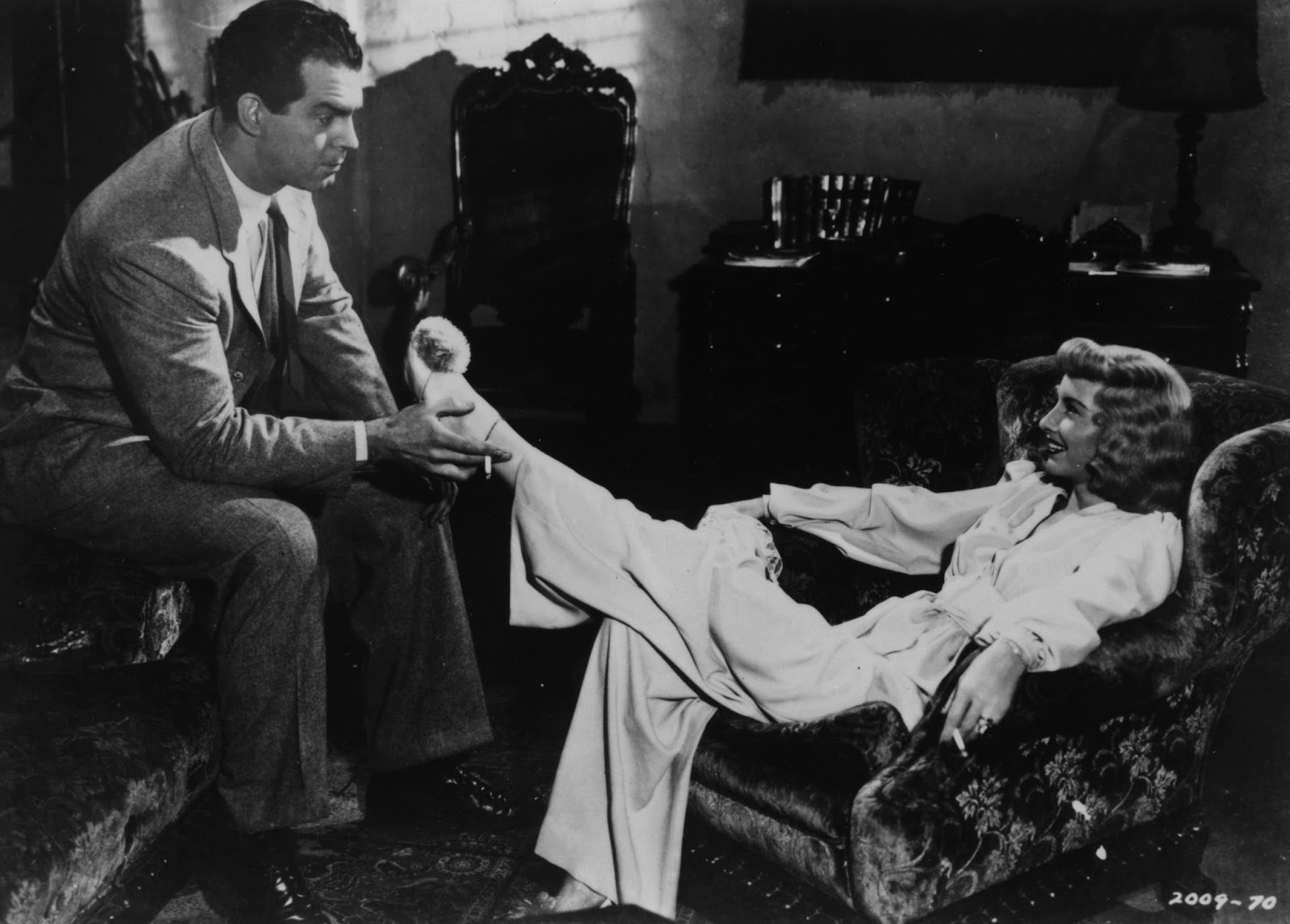
The dog-eared dark side on sour display in Double Indemnity, and the pessimism that permeated 1940s Americana thereafter was no coincidence.
As thrillers go, this was the darkest and most austere and sinister of its time: Wilder’s tangle of cunning, suspicion, one-upmanship, and sexual whip hand was efficacious and parroted ever after.
The culpability of its characters, their glowing, post-coital dirty dealing would define, dispose, and spur those brave enough to follow, or those wanting to schlepp along for the sake of being à la mode. A film with an unshakeable sense of injustice and injury that adds to its irascible legacy, Double Indemnity remains a cut-throat and trembling classic.
“I killed him for money – and a woman – and I didn’t get the money and I didn’t get the woman. Pretty, isn’t it?”
– Walter Neff (played by Fred MacMurray)